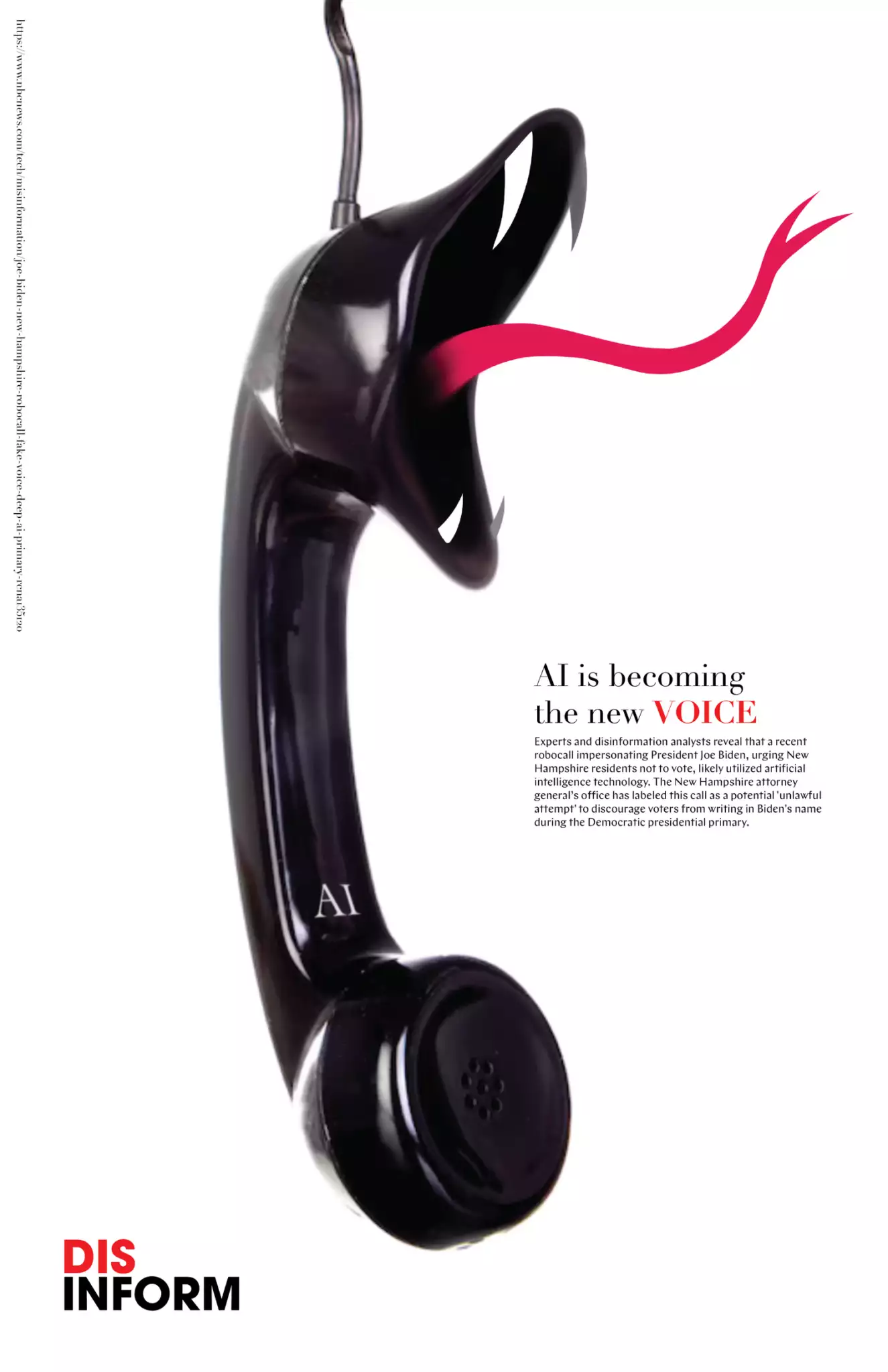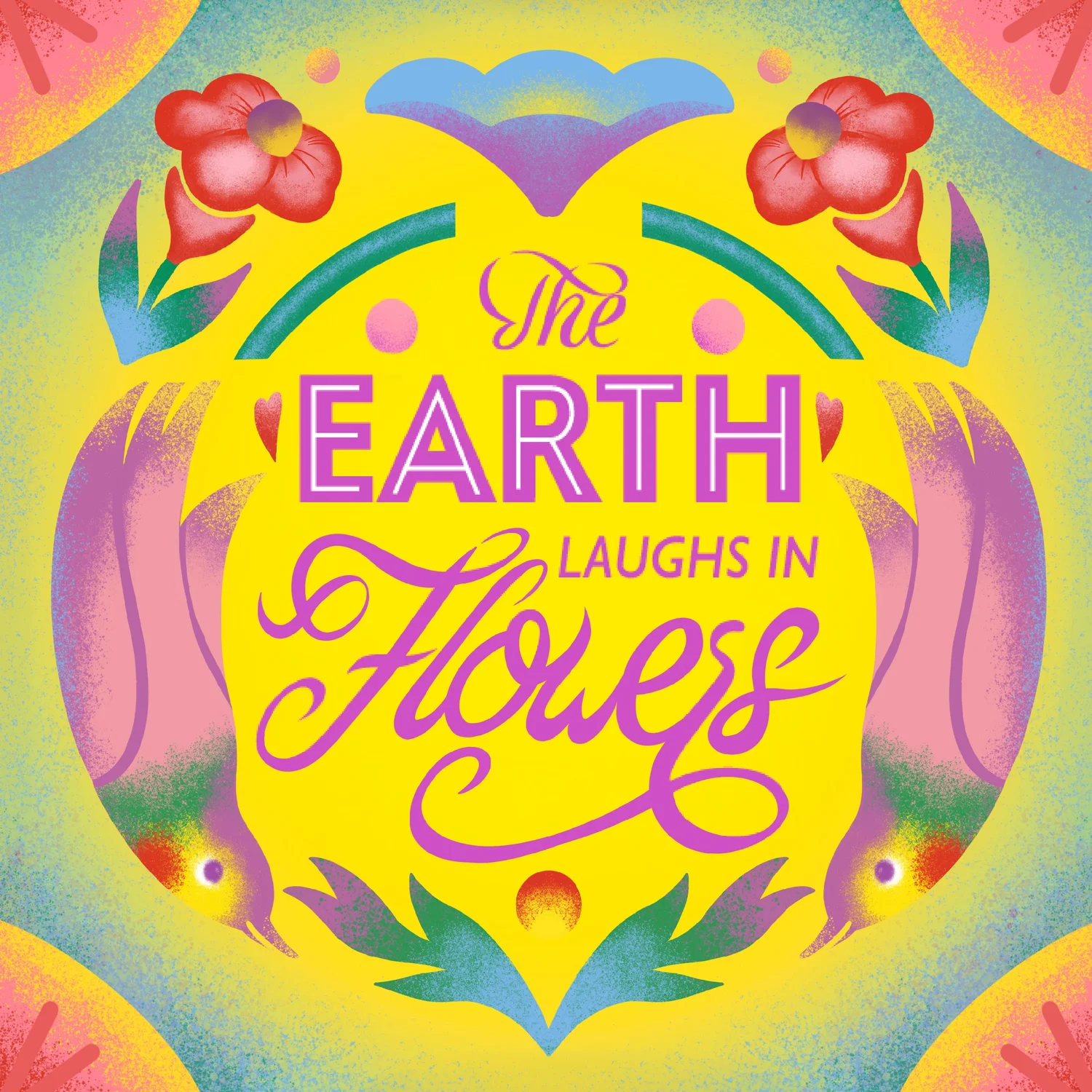We caught up with the brilliant and insightful Junyi Wang a few weeks ago and have shared our conversation below.
Junyi, thanks for joining us, excited to have you contributing your stories and insights. What’s been the most meaningful project you’ve worked on?
One of the most meaningful projects I’ve worked on was creating a poster for the National Environmental Education Foundation’s (NEEF) online Earth Day Gallery. This was originally a class project during my time at School of Visual Arts, but it went far beyond the classroom. My work became part of a national campaign that promoted sustainability and environmental education, with the posters made available as free downloads for teachers, students, and families across the country.
It was meaningful to me because I saw how something I designed in school could have a real-world impact and reach people on a national scale. It showed me the power of design to inspire awareness and action, and it gave me a sense of purpose in connecting my creative work to larger environmental issues.

Great, appreciate you sharing that with us. Before we ask you to share more of your insights, can you take a moment to introduce yourself and how you got to where you are today to our readers.
My name is Junyi Wang, and I’m originally from China. I grew up immersed in the arts, starting with pencil sketches, watercolor, and later oil painting. But when it came time to choose a path for college, I realized I didn’t want to pursue fine arts as a career. I’ve always loved making art, but I wanted to apply creativity in a way that had impact in the world around us. That’s when I discovered graphic design, the idea that design is everywhere, and that it combines storytelling with utility.
I went on to study at the School of Visual Arts in New York City, where I graduated with a BFA in Graphic Design and specialized in motion graphics. For me, design is more than visuals. It’s a language that communicates faster than words and has the power to shape how we feel, think, and connect. My goal as a designer is to create work that tells stories across different mediums and inspires meaningful connections.
Much of my work is centered on themes of environmental sustainability and protection, because I’ve always felt deeply connected to nature. I believe design has the ability to raise awareness and inspire action—whether that’s through campaigns, product packaging, promotional videos, or even documentary films. For example, I’ve worked on animations for the documentary A Paradise Lost (an animated/live-action documentary about how a little Hawaiian bird in 1979 successfully sued the State of Hawai’i to save its kind.), created branding and packaging for sustainable coffee company Seek, and developed wellness-focused visuals for Relaxi, a wellness app. Each of these projects let me use design not just as decoration, but as a tool for problem-solving and storytelling.
I’m especially drawn to motion design because it brings together typography, illustration, and movement to create narratives with a beginning, middle, and end. It’s dynamic, emotional, and endlessly versatile, which makes it such a powerful way to communicate ideas.
What sets me apart is that I don’t just design for aesthetics—I design for impact. Whether I’m creating a poster, a brand identity, or a motion piece, I’m always asking: how can this tell a story that matters? How can it connect with people on a deeper level? I’m most proud when my work sparks awareness, brings people together, or simply makes someone stop and feel something.

Do you think there is something that non-creatives might struggle to understand about your journey as a creative? Maybe you can shed some light?
I think one thing non-creatives may not always see is how much invisible work goes into what looks like a simple design or animation. Behind every poster, brand identity, or motion piece are countless hours of experimenting, refining, and problem-solving, most of which never makes it into the final product. It’s not just about having a sudden spark of inspiration; it’s about persistence and discipline.
At the same time, design isn’t just decoration, but a language. Every typeface, color, or motion choice communicates something, often on a subconscious level. Those details might seem small, but together they shape how a story is received and how people connect with it. That mix of unseen effort and deliberate choices is what makes creative work powerful, though it’s something people outside the industry might not always recognize.

What do you find most rewarding about being a creative?
For me, the most rewarding aspect of being an artist is watching an idea that once only existed in my head take on a life of its own. A sketch on paper can turn into a poster that ends up in classrooms across the country, or a motion sequence can become part of a film that moves people emotionally. That transformation from something personal and invisible to something that others can see, feel, and react to is what excites me the most.
Contact Info:
- Website: https://shunichi.work
- Instagram: shunichi.w
- Linkedin: https://linkedin.com/in/shunichiwang




Image Credits
Junyi Wang (for all images)


